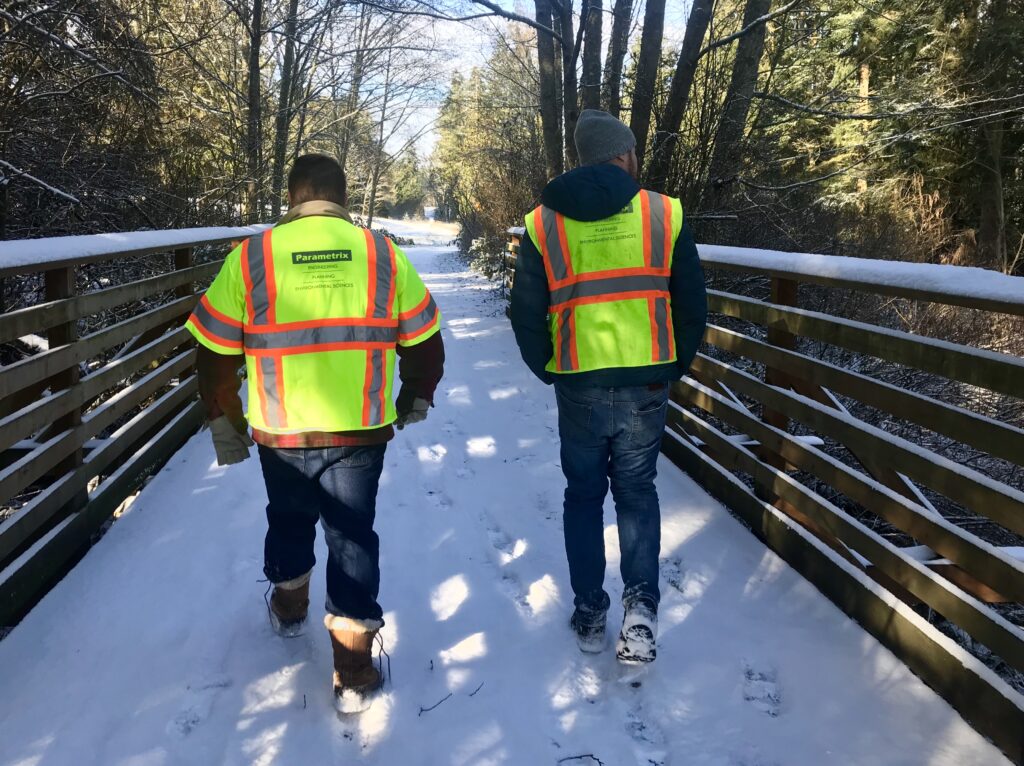In March 2013, a federal court issued an injunction that required the Washington State Department of Transportation (WSDOT) to remove state-owned culverts that block habitat for salmon and steelhead by 2030. This injunction applies to more than 1,000 WSDOT culverts. Many of the culverts were installed before scientists fully understood the needs of fish. The new culverts are much larger and more resilient to changes in the landscape. Removing a single barrier can improve fish access for miles.
To maximize the number of barriers removed in a short amount of time, WSDOT identified 24 individual sites in the Olympic Region to be addressed through a single contract. The sites are in five counties along six different state routes. The Parametrix-led, multidisciplinary design team included David Evans and Associates, HDR, and SCJ Alliance. The team completed design to a level that enabled construction to begin at the start of the 2021 biennium. Parametrix continues to support WSDOT during construction.
Through more than 65 task orders, Parametrix and the team have provided:
- Surveying for design needs
- Stream channel design based on WSDOT-provided preliminary hydraulic design reports (PHDs)
- Roadway and structure design
- All environmental documentation including NEPA, State Environmental Policy Act (SEPA), Endangered Species Act (ESA), and permit applications
The team developed conceptual design options and helped WSDOT select a preferred alternative and a preferred delivery method for each bundle of crossings. Two of the bundles will be delivered via design-bid-build and two will be delivered through design-build. The team completed procurement documents for the two design-build projects and is about to begin final plans, specifications, and estimates for the two design-bid-build projects. The team has helped to develop new design criteria for WSDOT and helped to clarify easement requirements for stream construction. Parametrix has also helped to track agency, tribal, and public comments and has responded to new FEMA requirements regarding no-rise designs on studied floodplains.


